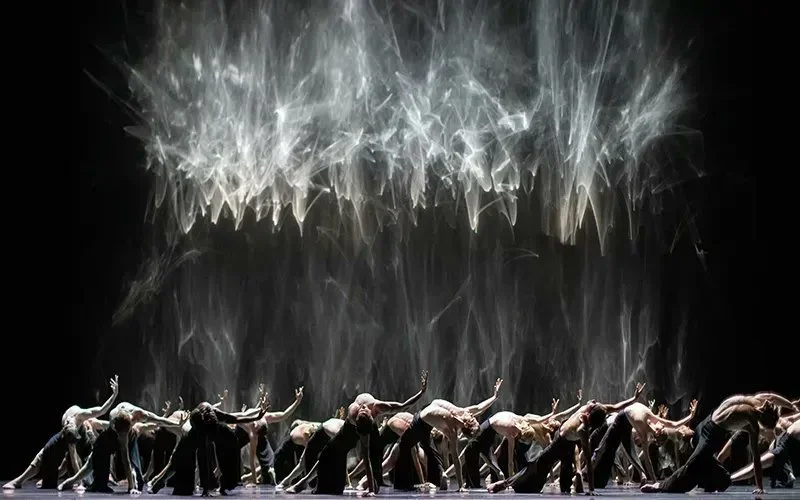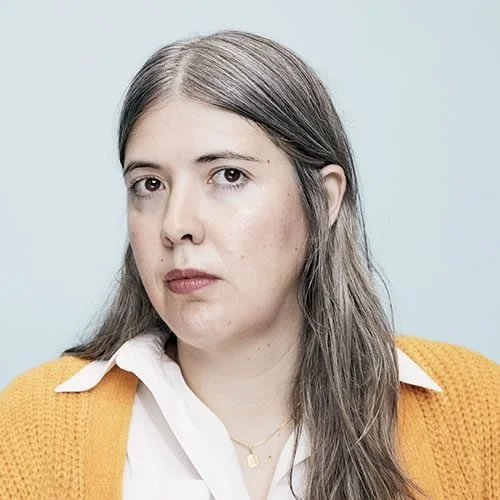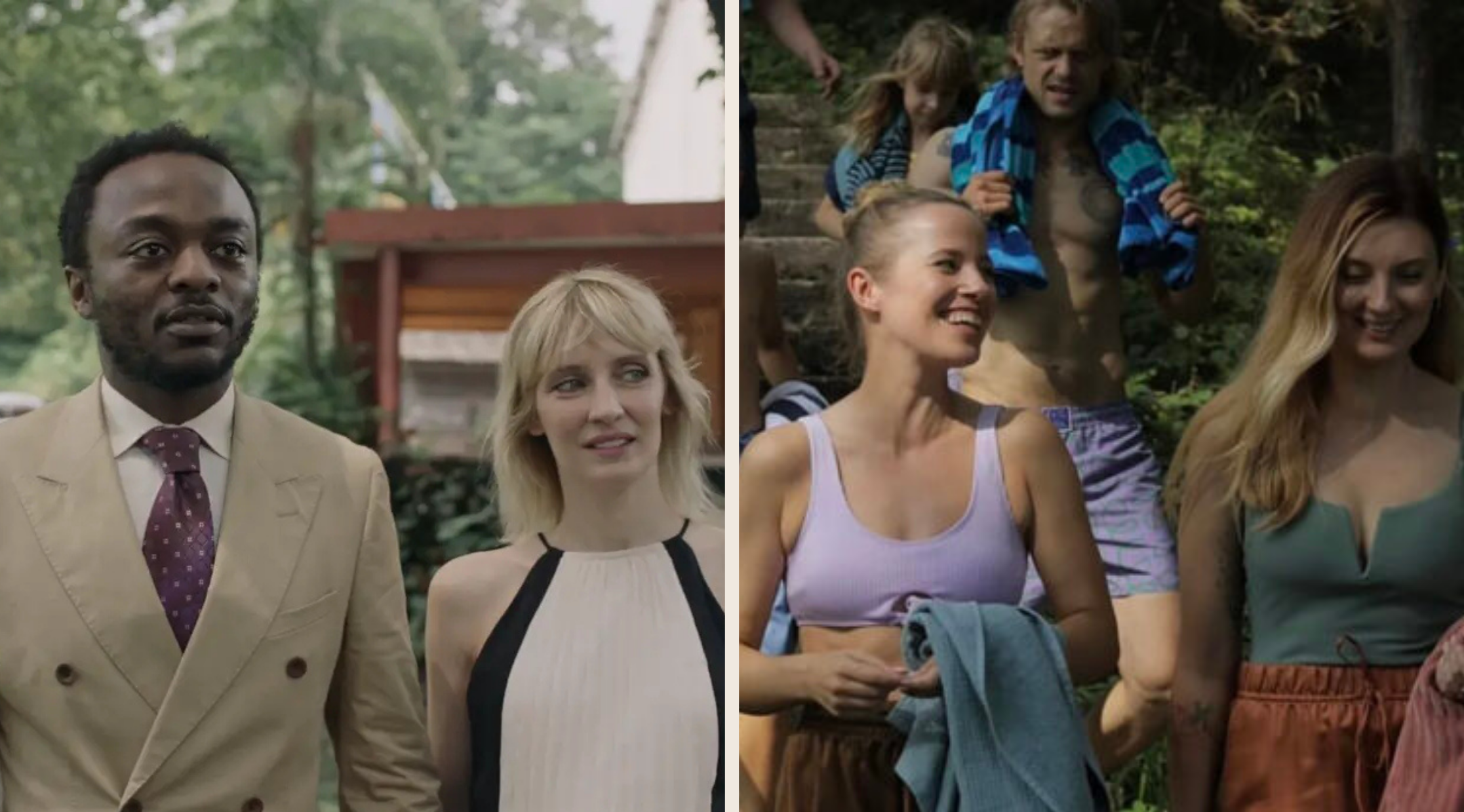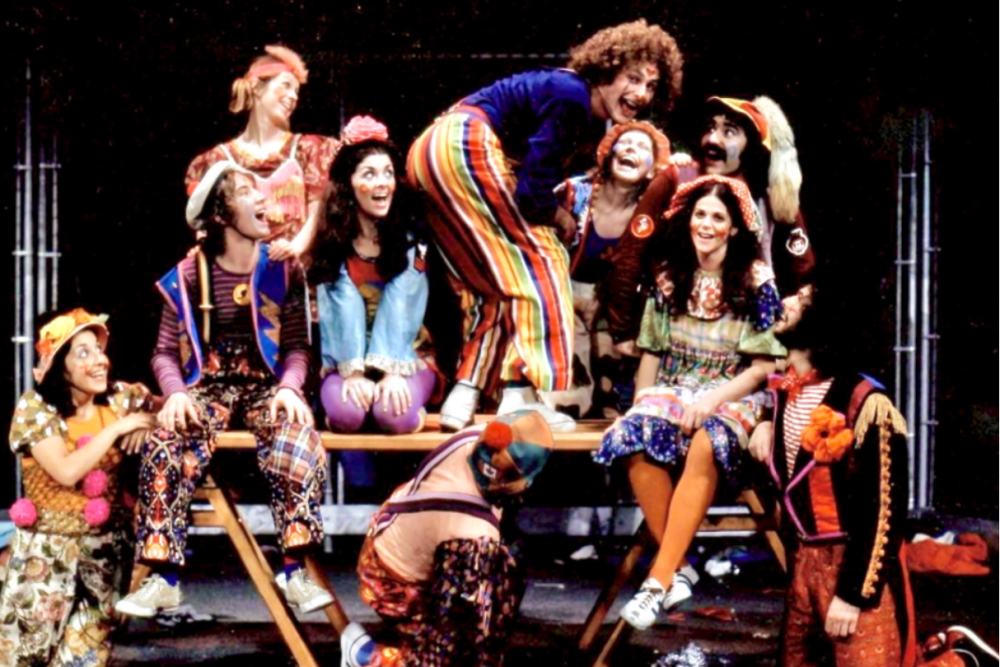Stir Q&A: Director Chelsea McMullan discovers new ways to shoot dance for Crystal Pite: Angels' Atlas, at VIFF 2022
New documentary goes inside the choreographer’s process, then plays out the celebrated National Ballet work in its entirety
Angels’ Atlas, in its debut at the National Ballet of Canada in 2021/
Crystal Pite: Angels’ Atlas screens on October 2 at 6:30 pm at the Vancouver Playhouse and at International Village Cinemas on October 9 at 4 pm
VANCOUVER DANCE FANS get an unprecedented inside look at a local choreographic star’s creative process in Crystal Pite: Angels’ Atlas, at this year’s Vancouver International Film Festival.
It follows Pite as she works with the dancers of the National Ballet of Canada on remounting her epic, ghostly-lit Angels’ Atlas, marking the company’s first full return to the live stage since the pandemic.
Filmed late last year, the documentary not only portrays the energy and brilliance of the choreographer who’s been celebrated around the world for works like Betroffenheit and Revisor (both seen on Vancouver stages), but captures the half-hour work in its entirety—with some thrilling camerawork that puts the viewer amid some of the greatest dancers in the world.
Stir caught up by phone with filmmaker Chelsea McMullan, a documentarian known for portraits of art and artists (think My Prairie Home)—one who also has a second work in the fest, Ever Deadly, focusing on throat singer Tanya Tagaq (who also codirected the film).
Here’s an abbreviated version of a wide-ranging conversation about how to capture live dance on film, the magic of Pite’s approach, and the awe of witnessing honed dancers close up.
How much had you come into contact with contemporary dance before this project?
I'd say not a whole lot—I mean, my background is more working with artists….I directed [Toronto dance artist] Yvonne Ng choreographing a short dance piece that did quite well, and besides that, I definitely love to film dance.
I was working in TV with the series In the Making, and that's how I first came to work with Crystal, because one of the episodes followed her as they were mounting the final version of Betroffenheit. It felt like we’d gotten to something, but we could go much further….Then fast-forward, and I was working on a project with the National Ballet and this opportunity came up. It was the confluence of so many things! We were working with the ballet, we’d worked with Crystal, I have this background working with artists… But in the end it was Crystal’s choice.
What did you want to do with it from the outset–what were your goals with it to grow it into something a little bigger than a straightforward dance documentary?
I honestly think Angels’ Atlas is one of the most important works of the last 10 years, so it was, ‘Let’s do it justice.’
Something I started developing in my work and as part of Ever Deadly was, ‘What does it mean to capture the essence of live performance in cinema?’ This is something I've been working a really long time on. I just started to get so many ideas about what kind of angles and approaches could really bring the piece alive, and not sort of just feel like a document.
Can you describe a specific example of a way that you did that in the film?
For a lot of the sweeping shots, we used a Technocrane. It took me a week to shot-list it—every movement, essentially….Something else that was really important to Crystal—because it was sort of a conversation throughout—was maintaining the proscenium of her choreography.
The long continuous shot, where you see all the bodies falling [see the beginning of the trailer below]: that’s an example of maintaining the essence of the choreography while having this very cinematic approach.
That scene is so instantly memorable—is your camera tracking while all those bodies are collapsing?
Exactly, and it’s pretty much one continuous shot, and the longest shot in the whole piece. So it captures the entire movement as it’s sort of unfolding. This film is a combination of us filming the performance live and filming an additional few days. We were wanting to keep the things that make it feel like live dance, but we sort of supplemented it as well, so we get the angles you just never see as an audience–and that’s the exciting thing about cinema! You get to see it from all angles; you get to feel like you’re inside it.
Yes, you’re right onstage amid those bodies. This is a topic that so many filmmakers have been experimenting with during the pandemic: How do we ever replace or convey live performance onscreen?
I really feel like in the process Crystal and I met each other half way, and that’s actually the best place that a film lives, when both worlds sort of accommodate each other, when both languages agree to fuse together. Obviously it’s not exactly the live performance and it’s not exactly film, but it’s something really exciting, I think.
I take it that’s why you wanted the dance piece to play out in its entirety. Not like in so many dance documentaries, where we see a clip of the work, then a cut to the work, and then a cut back to an interview, and a cut to the work.
Conceptually, from the beginning, the idea of making the film was to document the work. Yes, we could have cut up the work. But I was honestly just so excited formally by the idea of literally almost seeing the process in real time—to really capture the moment when Crystal arrives at the studio with her backpack on the first day and go from there. And I like this idea of just really boldly letting the whole work unfold, and then coming back to it with the curtain call and everything.
In your mind were you thinking thematically about what is a perfect way to capture coming out of the pandemic—did you see this as a special moment?
It became hugely apparent as we were shooting how important it would be, and honestly even as we were filming, in November 2021, it still felt like we were just barely coming out of the pandemic…Everyone, even on the crew, was so emotional as we documented it. You could feel the resonance of the pandemic on the dancers; they hadn’t gone through a whole season or anything, they’d gone up and down, closed and opened, and that was their first real performance since the pandemic. So it became even more important than we’d thought.
One of the biggest themes is, What is the resonance of a work? In some ways it feels like it was a work that could've been about coming out of the pandemic—and it absolutely is not! It’s just all what we project on a work. We were all projecting the feeling of touching each other’s bodies and death and life—all these things were so close to to us. It was the power of art, really.
It’s so hard to capture how a choreographer works. And I was really struck by her energy and where these incredible details in her movement came from. What were your observations filming her in the studio as she worked with the dancers?
I had a pretty strong idea of how we could capture her—where you could feel her energy bursting, energy bigger than the frame itself. And so I knew how I wanted to shoot it and approach it to make sure we captured the energy that emanates from her as she choreographs.
Chelsea McMullan. Photo by Luis Mora
To watch her, she's a genius–I feel like I’ve learned so much as a director watching her! It’s how detailed she is, and what I really love is the way she's able to articulate the emotion that leads to the movement. I've never seen anyone do it like she does.
The motivation is so honest–it really made me realize the honesty and real-ness of the motivation in her work.
Yes, for her to trust me just meant the world, and I wanted to do right by her. I just respect her so much, I wanted it to all feel worth it for her.
Coming out of that process, and you've had time to reflect on it now, what surprised you or got illuminated for you about contemporary dance?
I really feel it’s a deep respect for the dancers, as well as for Crystal and her process. When you’re up close and filming it you're like, ‘How do human bodies do this?’ It’s just so incredible and they were so wonderful. It’s asking a lot of them, because they were coming back from the pandemic, so their bodies weren’t quite where they wanted them to be—just because they hadn’t been performing. And this was the first real performance. Like they said in the film, you have to push your body to dance her work.
I’m just really grateful to them. They did the live performances, and then they had to do two additional shoot days, and that was a lot to ask of them. But they really believed in the film and I really feel like they gave it their all. I remember just watching them and being in awe.














